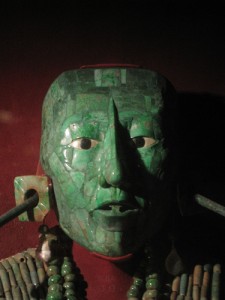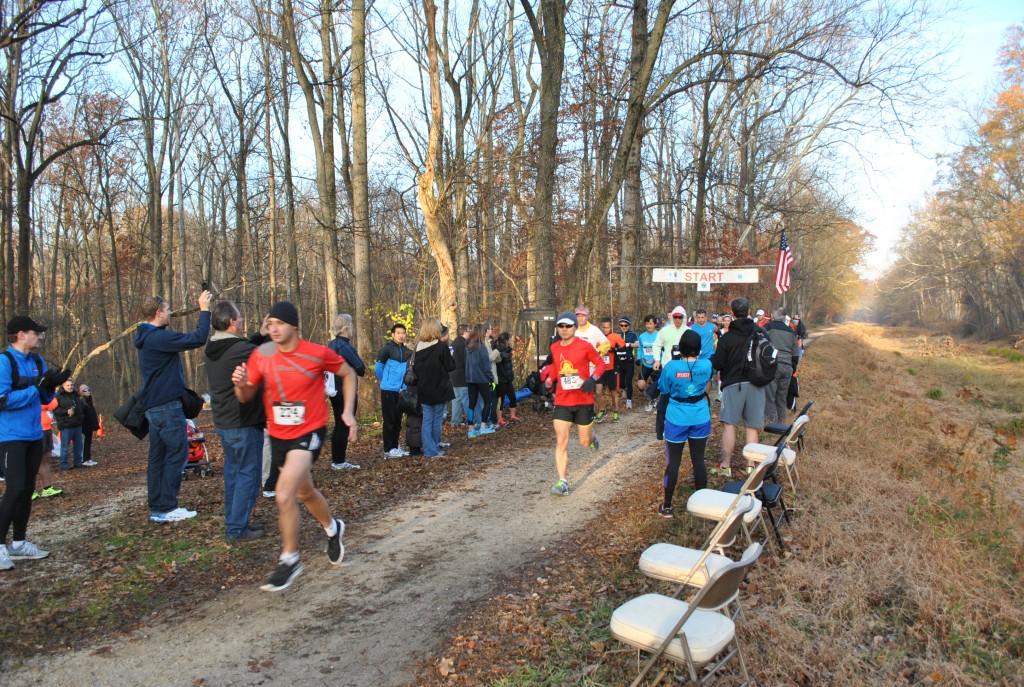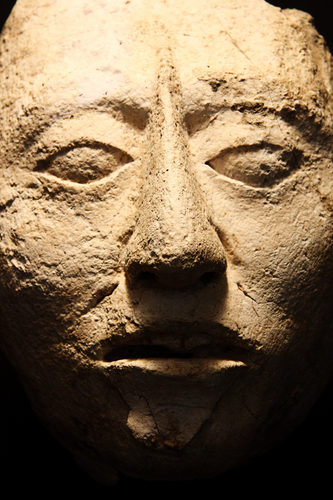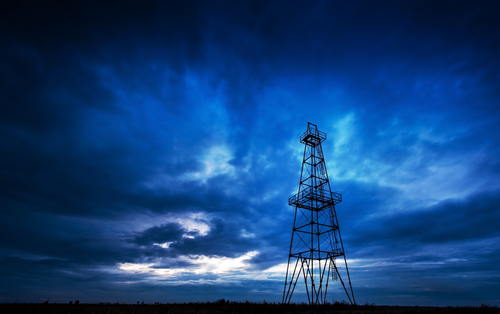
For your Sunday-reading pleasure, a few stories that the people of LWON loved this week. In no particular order:
Christie:
For sale: The North Fork Valley, by Sarah Gilman, High Country News
Gilman Looks at the proposed fracking in her backyard and decides that this technology is “not just the machinery of corporate greed – it’s the machinery of our collective and vast energy appetite.”
Nature‘s Sexism, by the editors of Nature
Nature finds signs of sexism in its publishing record and pledges to do something about it.
The Pseudoscience of SkyMall, by Rebecca Watson, Slate
Heather:
Your Smartphone’s Dirty, Radioactive Secret, by Kiera Butler, Mother Jones
A really superb piece of environmental reporting on the toxic innards of our iPhones and where they come from.
Virginia:
Inside the Mansion—and Mind—of Kim Dotcom, the Most Wanted Man on the Net, by Charles Graeber, Wired
If you’re too busy to read it, just scroll down and look at the photos of this guy’s unbelievable New Zealand palace. I love the story for its pacing, but also for all of the you’re-kidding-me details about the life of the super-rich.
Ann:
First we get proof of heaven; now the secret of immortality, by Paul Raeburn, KSJ Tracker
Paul Raeburn makes mincemeat of today’s New York Times Magazine cover story, written by a novelist, on immortal jellyfish. Maybe the novelist should be allowed his discursiveness, but surely not his credulity.
*
Abandoned oil rig from Shutterstock
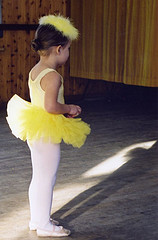 I miss dancing. One of my favorite activities as a kid was dropping the needle on our Hooked On Classics record and letting loose across the living room’s faded oriental rug. Later, I danced with gusto in church pageants, whether in charming second-grade square dances or hippie-esque liturgical dances that involved wearing leotards and waving ribbons.
I miss dancing. One of my favorite activities as a kid was dropping the needle on our Hooked On Classics record and letting loose across the living room’s faded oriental rug. Later, I danced with gusto in church pageants, whether in charming second-grade square dances or hippie-esque liturgical dances that involved wearing leotards and waving ribbons.


